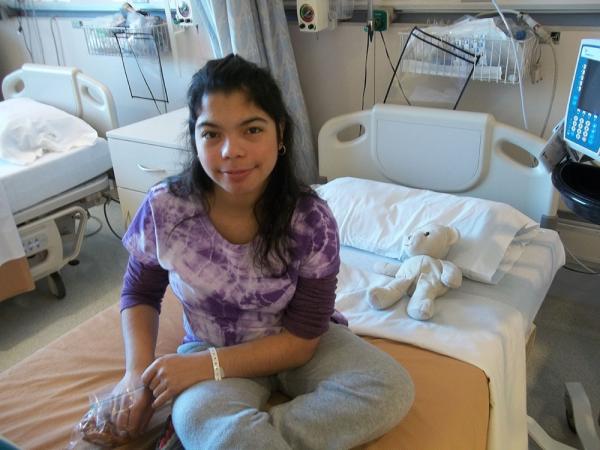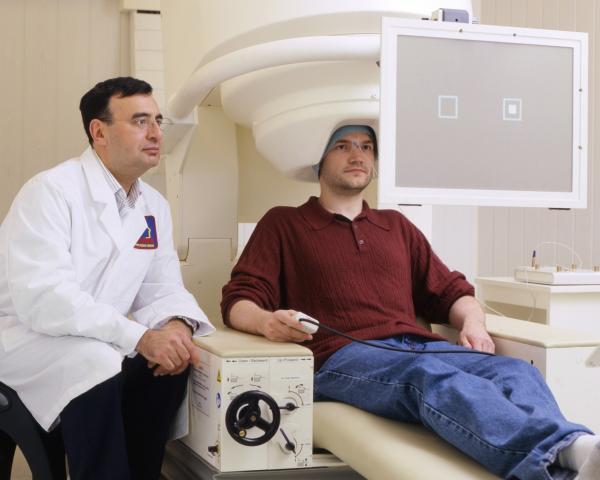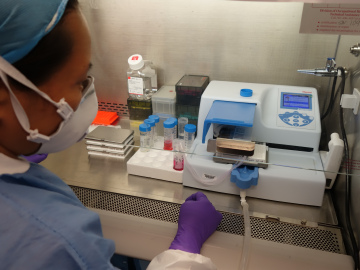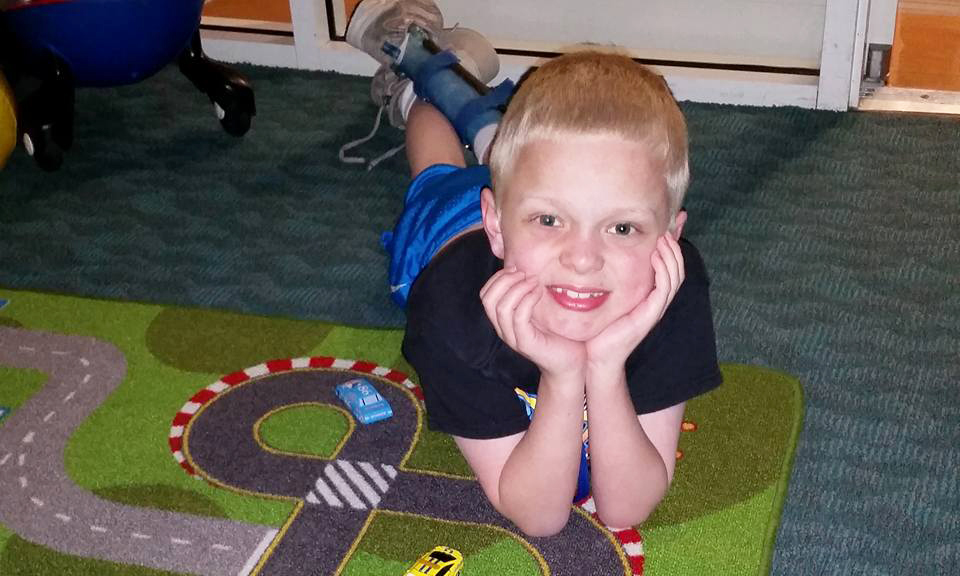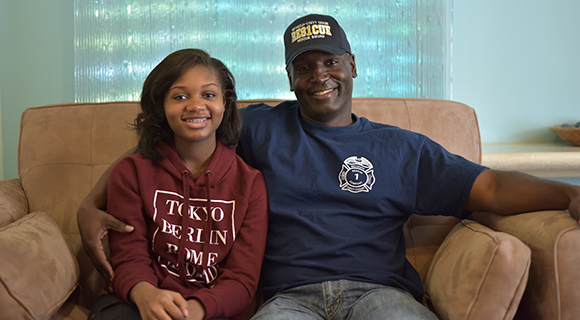An Ebola Therapy Two Decades in the Making
IRP Researcher Nancy Sullivan Led Development of Cutting-Edge Treatment
Twenty-four years before the novel coronavirus began spreading in Wuhan, China, an outbreak of another deadly virus burned through the city of Kikwit in what is now the Democratic Republic of Congo. Between January and August of 1995, 316 people are thought to have contracted Ebola, and 252 of them died. More than a decade later, a team of NIH infectious disease scientists would track down one of the survivors and use a sample of the individual’s blood to produce one of the first effective treatments for Ebola.


